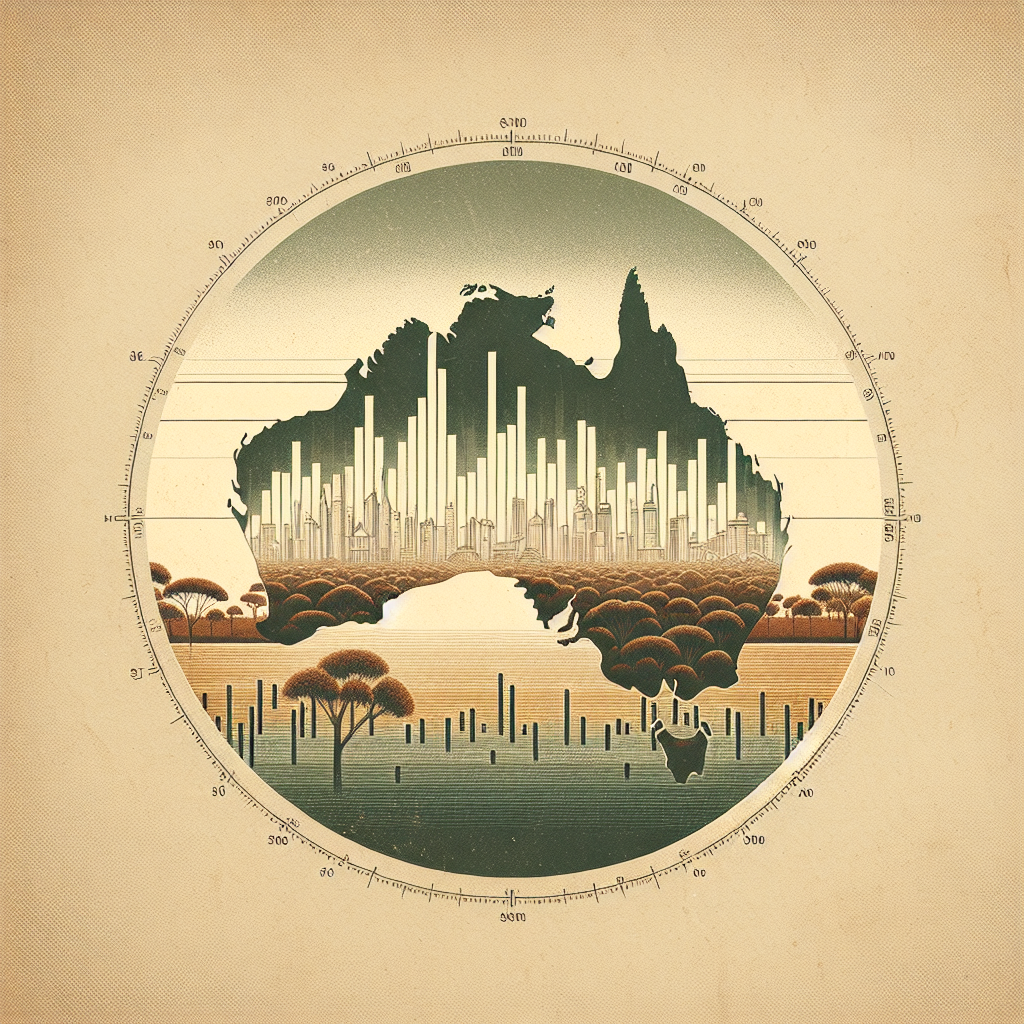Australia isn't just home to kangaroos and koalas; it's an ecological treasure trove that has fascinated scientists and nature lovers for centuries. Here, a vast array of landscapes—from arid deserts to lush rainforests—coexist on one massive continent. Land that has been lived upon by Indigenous Australians for over 60,000 years, this environment is a living testament to the power and persistence of nature.
In a country occupying its own continent, biodiversity is expectedly rich. Australia boasts tens of thousands of flora and fauna species, many of which can't be found anywhere else on Earth. The Great Barrier Reef, a UNESCO World Heritage Site, is the world's largest coral reef system, stretching over 1,400 miles along the Queensland coast. It's home to over 400 types of coral, myriad fish species, and marine creatures. Yet, this wonder is facing threats from climate change, including rising sea temperatures and coral bleaching.
The land ranges dramatically from region to region. In the north, tropical climates foster lush rainforests like Daintree, while central Australia is famous for its desert landscapes, like the expansive Outback. To the south, the island of Tasmania offers its own unique wilderness, with vast tracts of untouched forests and rugged peaks. Every corner of Australia offers something distinct and compelling, demanding our respect and protection.
However, human-driven climate change and environmental policies have put much of Australia's natural beauty under threat. Increasing temperatures, bushfires, and droughts have become severe realities, drawing grave consequences for the country's diverse ecosystems. The devastating bushfires during the summer of 2019-2020 highlighted this vulnerability, burning millions of acres and killing or displacing billions of animals.
On the economic side, agriculture remains a critical sector in Australia, encompassing a vast area of land and supporting many rural communities. Yet, it imposes significant environmental stress, contributing to habitat loss, water scarcity, and carbon emissions. Politically liberal voices advocate for more sustainable practices and policies that protect both the environment and the livelihoods of those dependent on these industries.
The mining industry, another pillar of the Australian economy, presents its own set of challenges. It provides jobs and contributes to the national economy, but it also causes environmental degradation. Mines can lead to deforestation and pollution, affecting local wildlife and communities. Environmentalists argue that transitioning to renewable energy sources and eco-friendlier mining practices would minimize this impact and support global climate goals.
Urban centers in Australia, while showcasing a high standard of living, contribute significantly to environmental pressures. Cities like Sydney and Melbourne face challenges related to waste management, energy consumption, and air quality. Efforts to create more sustainable urban environments see debates over public policy and green initiatives.
Acknowledging the opposing viewpoint is crucial, especially when discussing the balance between economic growth and environmental stewardship. Those favoring fewer environmental regulations point to economic benefits and job preservation, arguing that strict environmental policies can hinder industrial growth. However, it's equally important to weigh these arguments against the immediate and future cost of environmental degradation.
The Indigenous perspective offers valuable lessons in sustainable living. For tens of thousands of years, Indigenous Australians maintained and nurtured the land with practices like controlled burns and crop rotation. Their deep connection to the land serves as a reminder of the need for harmony between modern society and the environment. With growing recognition of Indigenous knowledge, there's optimism that collaborative efforts can foster sustainable development.
Recent years have seen a surge in environmental activism among younger generations, particularly Gen Z, who are fiercely advocating for climate justice. They mark a new wave of leaders who challenge the status quo, demanding urgent action from government and industry leaders to curb emissions and protect natural habitats. Their activism underscores the critical importance of involving a diverse cross-section of voices in creating sustainable futures.
Australia's environment presents an opportunity—not only to marvel at its beauty but also to address pressing ecological challenges. It teaches us about resilience, diversity, and our collective responsibility to protect it. As the world continues to grapple with climate change, Australia's experience offers valuable insights about sustainability and the urgent need for systemic change.

